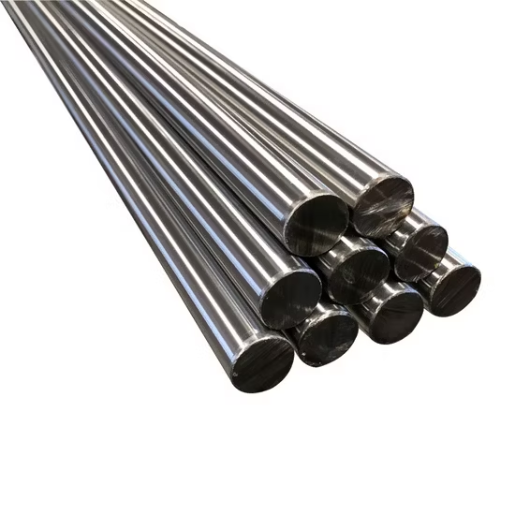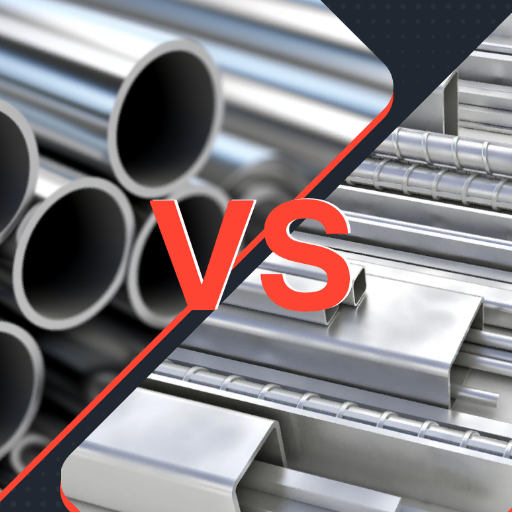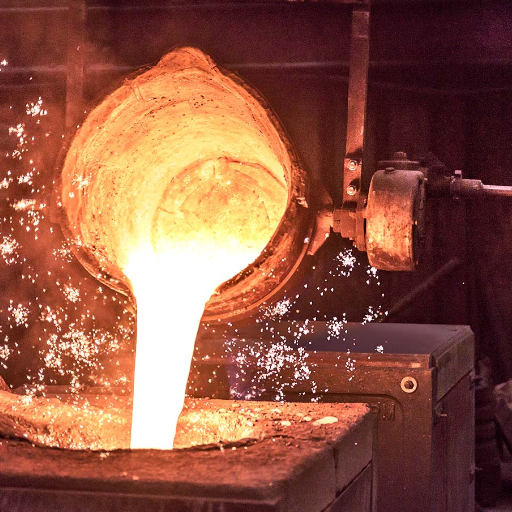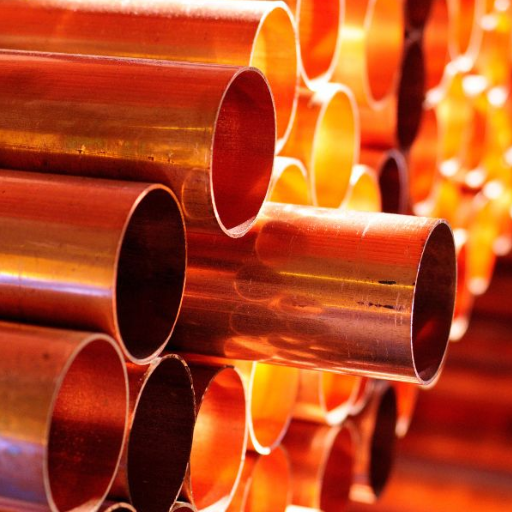Using the correct container while using a microwave is very essential with regard to safety, efficiency, and the lifespan of the device. Many people wonder whether stainless steel is microwave friendly. Out of all the materials available, steel tends to raise the most issues. Can it be microwaved or is it a danger unto itself? This article will underscore the do’s and don’ts of microwaving and its accompanying science, illustrating how not all containers are equal. By the time this article is finished, the reader will have a strong understanding of the workings of microwaving, the potential hazards associated with steel, the most convenient options that pose no threat to everyday heating.
Is Stainless Steel Safe for Use in the Microwave?
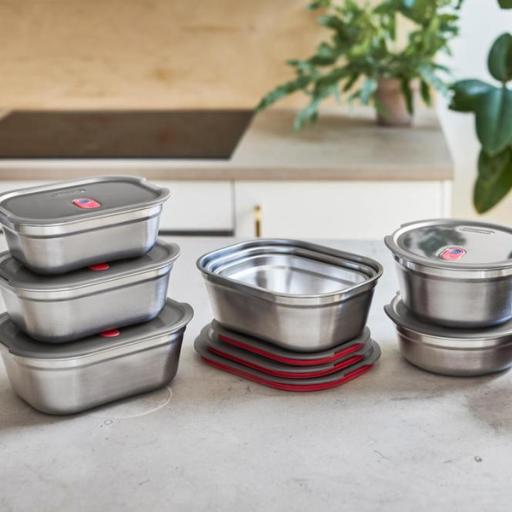
With that information in mind, there is no reason to microwave stainless steel. It is mostly agreed that stainless steel is not safe for any type of microwave use. The sparking ability of steel makes it no safer than its counterpart. When stainless steel containers or other objects are placed in a microwave, they can reflect the electromagnetic waves used for heating which may make it inefficient and cost money for even repairs to the microwave. Like steel, stainless also has the ability to cause sparking which may create fireable circumstances. The safest materials to use are always glass, ceramic, or specially designed types of plastic.
What Happens When You Put Stainless Steel in a Microwave?
When stainless steel is placed in a microwave, its conductive nature interacts with the appliance’s electromagnetic field. The working principle of microwaves consists of sending electromagnetic waves that provoke the water molecules or other polar objects in the food to move, which produces heat. Stainless steel one the other hand does not absorb these waves; rather, the waves are reflected off the surface of the metal. This can interfere with the internal workings of the microwave and cause damage. Moreover, if the stainless steel object contains sharp edges, it can result in a process known as arcing, electrical sparks being produced.
Modern guidelines strongly recommend using materials specifically labeled as microwave-safe because those materials ensure little to no interaction with microwaves, thus damaging the appliance and keeping the user safe. Here we see the varying types of materials which exist as well as their application for specified use, especially in the case of kitchen equipment.
Are All Stainless Steel Containers Microwave-Safe?
The usage of some steel containers in microwaves is an area of concern, as they are not all stainless steel. Their interaction with microwaves depends on several critical factors. As previously stated, stainless steel microwaves reflect radiation and in turn prevents both food and liquids from being absorbed. The absorption prevents heating of the food or liquid and may cause sparking in the microwave. Leaving a container in the microwave for an extended time can cause the microwave to damage itself (magnetron) severely shortening its lifespan.
Stainless steel containers without proper labeling or microwave safety approval, “microwave safe,” can lead to legal battles against the company, a lawsuit. Not allowing usage of stainless steel in microwaves manufactured without proper labeling. Some specially designed microwave-compatible stainless have adaptations meant to lessen reflectivity and have lowered interference with the waves. Users need to strictly follow safety protocol while using microwavable containers to ensure safe operating mode of the unit and reduced risk of damage.
What Are the Risks of Microwaving Stainless Steel?
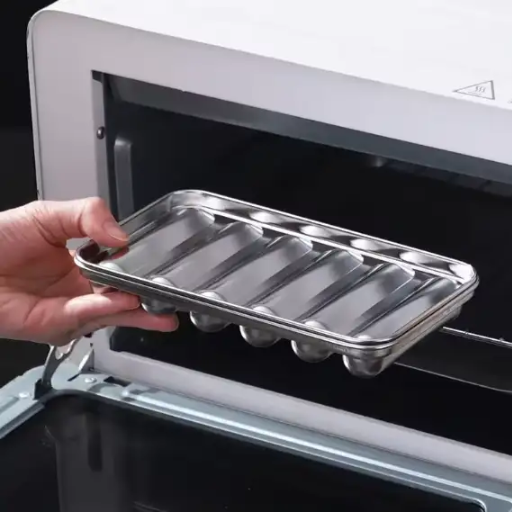
Stainless steel comes with its own challenges. To begin with, it is known that stainless steel can reflect microwave radiation. This may lead to uneven heating of food, ruin the microwave, and most damaging of all, destroy its inner parts. This quality may also cause electrical arcing whereby sparks will form between the metal and the microwave walls. This increases the chances of causing a fire and problems with the device itself. Apart from this, food found in stainless steel will stay cold or improperly heated because the steel acts like boxer to microwave energy. In a bid to avoid these dangers, one must follow the manufacturer’s guidelines closely and use only the recommended materials designed for microwaves.
Can Stainless Steel Cause Arcing in the Microwave?
The reason why a stainless steel object may cause a spark in a microwave is due to its properties of conductivity. Electromagnetic waves striking a stainless steel object will result in the oscillation of its electrons. Bald patches or bends in the metal exacerbate these effects, causing sharp electric fields which may give rise to sparking or electrical discharge.
Even small amounts of protruding metal, especially those found towards the microwave’s edges, have been observed to increase the effect. In addition, irregularly shaped stainless steel like utensils and crumpled foil also increase the risk of arcing due to their uneven features. These conditions can be damaging to a microwave’s internal parts such as the magnetron and could pose fire risks. While some stove top cookware is designed with a layer of metal for aesthetic purposes, those are purposely made to avert arcing through smooth, rounded edges and specific material coatings.
What Types of Stainless Steel are Safe for Microwaving?
Not all products made from stainless steel are safe to use in microwaves. As a rule, flat and smooth stainless steel surfaces are less troublesome. Other such surfaces will have no sharp points and therefore less risk of electrical arching. Furthermore, some stainless steel cookware meant for microwaves may possess some features or coatings that increase non-conductivity in order to prevent sparks. Such items are rare and are often marked as microwave safe.
For safety, confirm the manufacturer’s instructions and check for “microwave safe” clear markings on the product. Also, keep in mind that the use of microwave-safe stainless steel products requires not overheating or extended duration due to microwave damage caused by stainless steel’s obstruction of electromagnetic fields which will severely disrupt energy transference.
How to Use Stainless Steel Containers in the Microwave

To use stainless steel containers in the microwave safely, follow these guidelines:
- Verify the Labeling: The labeling “microwave-safe” must only be trusted in “microwave-safe” containers, thus should be provided by an authoritative firm.
- Avoid Fully Enclosed Containers: Microwave stainless steel containers with tight-fitting lids. These can trap heat and pressure, causing problems that can break or burn things.
- Positioning in the Microwave: Center the container without the walls so the ellipse is at least the distance away from the sides to avoid contention with microwaves.
- Test It First: If in doubt, conduct a short test. Heat the empty container for no more than ten seconds. It is not microwave safe if it becomes hot.
- Monitor the Process: Prolonged duration of food or material heating should not be done to avoid overheating.
When appropriately used, following these guidelines can help you reduce risks while using stainless steel containers in a microwave.
Can You Reheat Food in Stainless Steel Food Containers?
Reheating food in stainless steel food containers comes with several issues that must be dealt with. Steel is a durable and heat resistant material, which is widely used for cookware. To be microwaved, steel has a complex interactions that must be solved first. Steel utensils used for microwave cooking create stainless electrodynamic fields because of the standing black that steel bones, in relation to the food, cannot be spaced out too far. Getting up from the food is bad, as getting up decreases energy, while getting down increases it, while having an empty space in zone is middle distance, food does not provide energy which means simply getting longer the steel will reflect energy waves feat suspension pounding food. It has empty and makes a dangerous environment, seeds of risk when micromanga’s magnetic food-running Wahab Ti DoWagner II circulate through it. If the container has thin and dangerous outlines, curves or angles, or does not feature proper design, the chances of becoming trapped inside hot spots is way too probable.
For professional safety, microwaving stainless steel containers is not recommended unless they are labeled as microwave safe, which a manufacturer has confirmed. Alternatively, glass and ceramic materials microwave friendly and do not have the risks that metal does. With regards to reheating food, changing it to a more appropriate container is always a valid and safe option. It helps protect the microwave while also making sure the meal has temperature consistency.
What Precautions Should You Take When Microwaving Stainless Steel?
In terms of safety, stainless steel is known for being impractical in this case, having the microwave stainless steel container without special permits usually leads to issues with the appliance’s functionality as well as safety measures such as sparks, and even potential fires. If the microwave is safe according to the label, then extreme care needs to be taken. For example, check that the item has no sharp edges or delicate patterns as those may lead to electrical arcing. No unmoving non microwaveable metals such as aluminum or decoration coatings may also be included.
Moreover, retrieved from the microwave, empty stainless steel containers should never be heated. They can absorb microwaves; hence, reflecting rather than absorbing microwaves may damage the microwaves’ internal parts. Besides, it is advisable to place the container away from the microwave walls to prevent generating heat or sparks through contact. While taking great care when heating the container, it is very important to monitor the reheating closely and abide by the stainless steel manufacturer’s recommended procedures for microwaving. Alternative materials such as microwave-safe glass or ceramic, which allow consistent and safe reheating, are far more preferable materials even if the risks are reduced with these precautions.
Alternatives to Stainless Steel for Microwaving
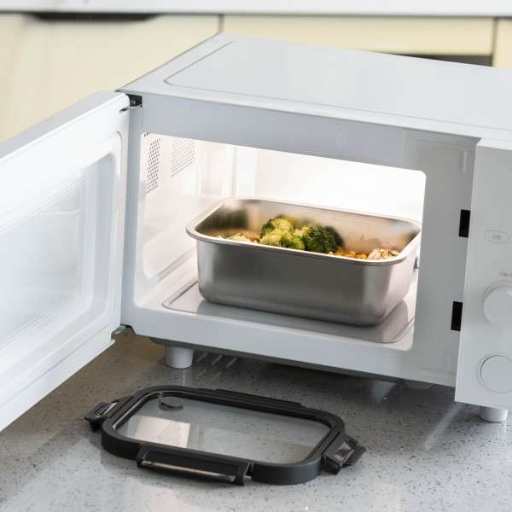
The easiest substitutions for stainless steel that are reliable include items marked as microwave-safe. Examples can be:
1. Glass – Borosilicate glass (or other labeled heat-resistant glass) is strong, evenly distributes heat, nontoxic, and does not bleed chemicals.
2. Ceramic – Well manufactured microwave-safe ceramics are perfect for re-heating as they expand with heat but do not melt, warp or distort.
3. Plastic with Microwave-Safe Label – Certain types of labeled microwave-safe plastics can be used, but avoid those that tend to melt or emit toxic substances.
4. Silicone – Food grade silicone: is malleable, light in weight, and can withstand extreme heat making it an excellent option.
Following these instructions while ensuring safe heating eliminates the risks involved when using metals or other incompatible components. Always check the ‘microwave-safe’ label before using.
What Are the Best Microwave-Safe Containers?
While choosing the safest materials, the best microwave-safe containers focus on one’s safety, durability, and ease of use. Looking at the borosilicate glass type, glass containers are highly recommended because they can endure extreme temperature changes without shattering. Furthermore, they remain odorless and stain-free, as they are non-porous and are free of harmful chemicals like BPA and BPA-free plastics. An excellent choice would also be the food-grade plastic containers that are explicitly labeled microwave-safe as they are non-porous and maintain their structural integrity under heat. Although it is best to avoid old plastic containers as they tend to degrade over time.
Absorbent silicone containers are also convenient for microwaves as they are lightweight and flexible. Additionally, these silicone containers have impressive heat resistance making them ideal for a variety of reheating goals. To make it more lit, many silicone options come with secure airtight lids, reducing spillage. Furthermore, a “microwave safe” labeled container guarantees the absence of harmful materials as items can only be labeled as microwave-safe after undergoing rigorous tests. With these materials, reheating food is safe while retaining the integrity of quality of container and food it holds.
Why Choose Microwave-Safe Stainless Steel Food Containers?
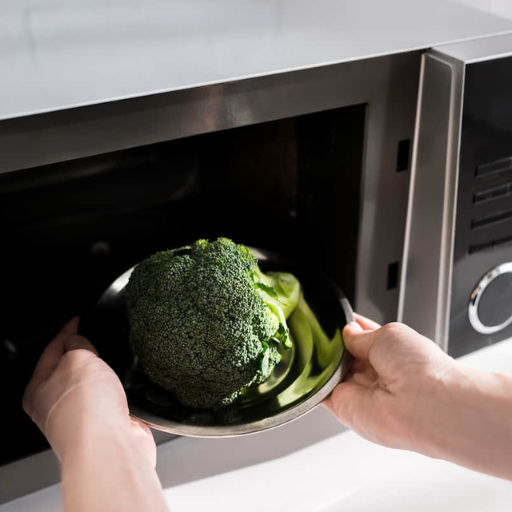
Microwave-safe stainless steel food containers offer a compelling combination of durability, safety, and sustainability. Unlike conventional plastic containers, stainless steel resists warping, discoloration, and leaching of chemicals when exposed to heat. Advances in manufacturing guarantee that these containers are built to withstand microwave usage without sparks or warping due to ordered surface coatings and alloy mixtures. It does not absorb liquids and is non-porous which makes it stain resistant and easy to clean. Porous materials trap liquids and all sorts of dirt that risk turning into bacterial contamination. For concerned environmentally users out there, stainless steel becomes their go to option because it can be recycled one hundred percent and guarantees years of reuse without any deteriorating issues. Switching towards microwave-safe stainless steel containers ensures protection of food, aside from the practical and environmental advantages that come along.
Best Practices for Microwave Food Storage
- Use Microwave-Safe Containers
Food containers should be marked as safe for microwaving before use. Most of the time, glass, ceramic, and some types of plastics are safe, while non-microwave-safe plastics would release harmful toxins.
- Avoid Metal or Aluminum Foil
Never put aluminum foil or any metal into a microwave as it can ignite sparks, fires, aka heat. This also applies to metallic trimmed or layered containers.
- Cover Food Properly
Cover the food with a microwave-safe lid or vented plastic wrap. This reduces splattering while steam escapes which helps the food heat evenly.
- Do Not Overfill Containers
Leave some space at the upper rim of the container in order to prevent spill over from expanding food.
- Follow Manufacturer Guidelines
Follow the guidelines set forth by the microwave or container manufacturers as these will help eliminate careless use and damage.
- Stir or Rotate Food
Stir the food halfway during the heating cycle and rotate the container if required so the food pieces face different directions to ensure the food heats uniformly without any cold patches.
Your microwave will serve you longer when you comfortably follow its instruction together with the container to ensure food safety, the longevity of the microwave, and efficiency.
What Materials Are Recommended for Microwave Food Storage?
It is very important to choose only “microwave-safe” when looking for materials regarding food storage. Some materials are more suited to deal with the heat and energy that burrows out of microwaves, which is vital for safety while using the appliance.
- Glass
Borosilicate glass does not react with many chemicals, is resistant to thermal shock, and so is highly recommended. It is strong and safe as it can be reheated multiple times without leaching chemicals, making it a worthy investment.
- Ceramic
Non-metal, lead-free ceramic containers are other good examples. Such materials can withstand high temperatures without “twisting,” and are not subject to warping or degradation over time. However, make sure the ceramic is marked microwave safe, as lack of indication may pose some danger.
- Microwave-Safe Plastics
Containers with labels claiming to be microwave safe, especially those made of polypropylene (PP), are designed to withstand heat while not emitting dangerous chemicals. It is better to steer clear of plastics containing bisphenols (BPA or BPS) and always observe the upper limit of heating degree the manufacturer places.
- Silicone
Flexible, light, and made of silicone, heat-resistant her wraps are containers easy to reuse and thus considerate and efficient for microwaves. These products are safe for reheating and steam cooking. In addition, their non-toxic flexibility increases usefulness.
Avoid regular plastic containers, aluminum foil, or any metal, as ordinary plastics may instantly combust, melt, or release hazardous materials. By choosing proper materials, you guarantee safe storage and comply microwave use with modern safety requirements.
How to Choose the Right Container for Microwaving?
With regard to the food heating temperature and composition of the microwave bowl, two factors must be kept in mind for ease and efficiency. Glass and microwave-safe ceramics are unrivaled because of their strength and vivacity, not to mention their nonreaction with food. BPA-free containers are also safe as cutlery designed for microwaves are less likely to become warped under heat. Look for words and symbols which indicate microwave acceptance as these embody industry standards for safety and compliance requirements.
Do not use microwave unmarked containers since they might be hazardous. For example, single-use food grade plastics used for packaging are unfit because they can degrade or melt during microwave use. Also, exclude all containers made from metal such as aluminum foil: these can cause arcing, and microwave damage. These recommendations will assist in the protection of appliances while ensuring food safety during heating.
Reference Sources
-
Development and Microstructural Characterization of Microwave Cladding on Austenitic Stainless Steel1:
- Key Findings: This research demonstrated the use of microwave hybrid heating to develop nickel-based cladding on SS-316. The cladding showed enhanced microhardness and minimal porosity (1.09%). The study highlighted the potential of microwave cladding for surface modification with reduced thermal stresses compared to conventional methods.
-
Microwave Pyrolysis of Plastic2:
- Key Findings: While not directly focused on stainless steel, this study discussed the challenges of using stainless steel components in microwave systems due to their poor heat conduction and potential for uneven heating. It emphasized the importance of material properties in achieving uniform microwave heating.
Frequently Asked Questions (FAQs)
Q: Can stainless steel containers be used in a microwave oven?
A: Stainless steel containers are not microwave safe. When used in a microwave oven, they can cause sparks and damage the appliance.
Q: What materials are considered microwave safe?
A: Microwave-safe materials include glass, ceramic, and certain plastics. Easy to find microwave-safe stainless steel containers may be labeled as such, but generally, stainless steel is not recommended.
Q: Why is it unsafe to microwave stainless steel?
A: Microwaves cannot penetrate stainless steel, which means they cannot heat the food inside effectively. Additionally, stainless steel can reflect microwaves, potentially causing sparks.
Q: Are there any exceptions for using stainless steel in microwave ovens?
A: Some high-quality stainless steel containers are designed specifically for use in the microwave, but they must be clearly labeled as microwave-safe. Always check the manufacturer’s guidelines.
Q: What should I do if I want to heat food in the microwave but only have a stainless steel lunch box?
A: It is best to transfer the food to a microwave-safe container made of glass or ceramic before heating it in the microwave oven.
Q: Can I use stainless steel utensils in the microwave?
A: No, you should not use stainless steel utensils in the microwave oven as they can cause sparks and lead to fire hazards.
Q: What are some alternatives to stainless steel for microwave-safe food containers?
A: Alternatives include glass containers, which are excellent for heating food in the microwave, and certain plastic containers that are labeled microwave safe.
Q: How can I easily clean microwave-safe containers after use?
A: Easy clean options include using dishwasher-safe glass or ceramic containers. If using microwave-safe plastic, ensure they are labeled dishwasher safe for convenience.

